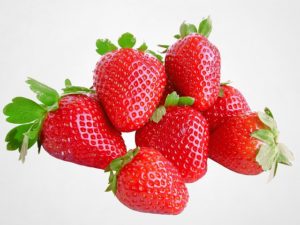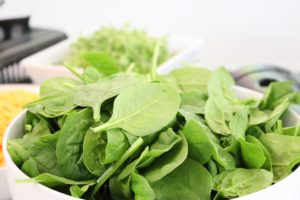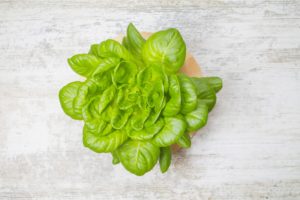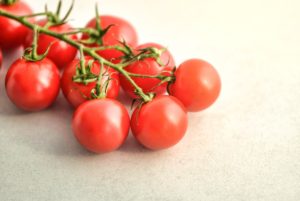Fluorescent grow lights, and compact fluorescent lights (CFL) or T5 lights in particular, are a common type of lighting for growing plants indoors. Most fluorescent lights come as a more ‘all in one’ setup, so there’s very little needed aside from the light bulb itself. In general, fluorescent lights are made either as a single, larger bulb, or a set of multiple tubes. Both options come ready to place in a fixture.
While they are an easy way to set up hydroponic grow lights for your system, there are other things to consider. The light they create is on the blue part of the spectrum. Which is good for your plants just starting to grow. However, fluorescent grow lights aren’t as helpful to plants as they enter the next stages of growth. While they are a good option for hydroponic gardeners looking for grow lights that don’t get too hot, older plants do need some heat. And fluorescent lights may not provide enough, or the right wavelength.
This type of lighting is also ideal if you plant on growing plants that remain mostly in the vegetative stage, like spinach, basil or lettuce. Since they don’t need to flower to produce a harvest, it’s okay to use light on the blue end of the spectrum.
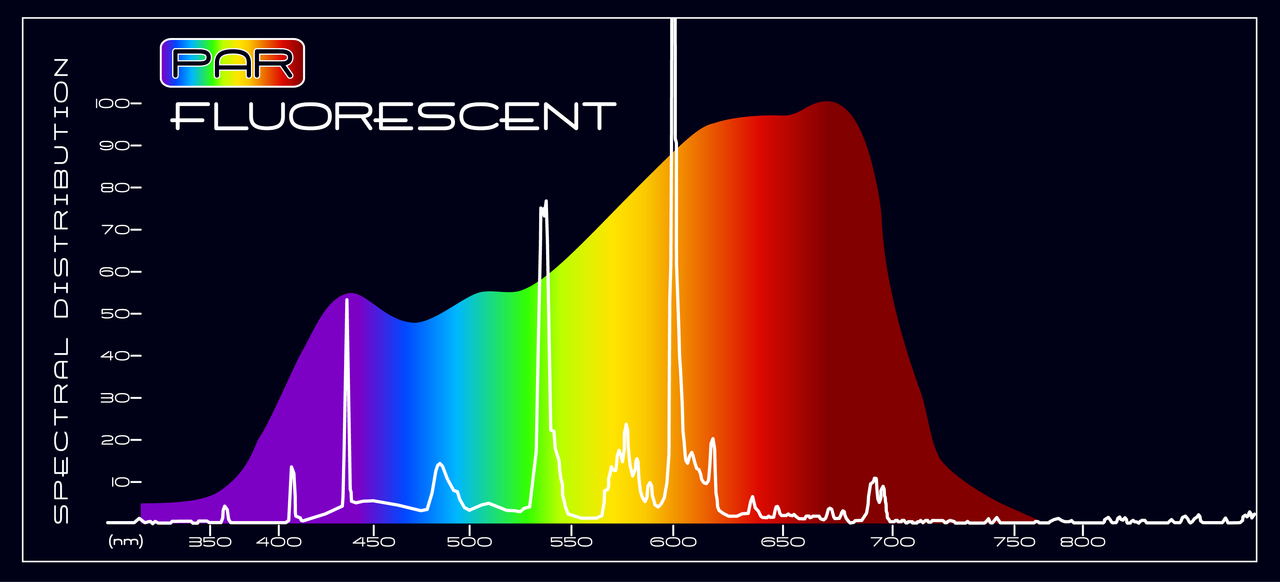
Advantages of CFL Grow Lights
- Produce little heat
- Light on blue end of spectrum
- Good for plants’ early stages of growth
- Efficient, inexpensive to run
- Integrated ballast
- Some bulbs go up to 200w
- Simple wiring
Try these T5 grow lights:
Disadvantages of CFL Grow Lights
- Best if replaced yearly
- May need reflector to avoid wasting light
- Not enough heat for older plants
- Not as effective after first stages of plant life
- Don’t penetrate as deeply as other lights
- Don’t provide full spectrum light
